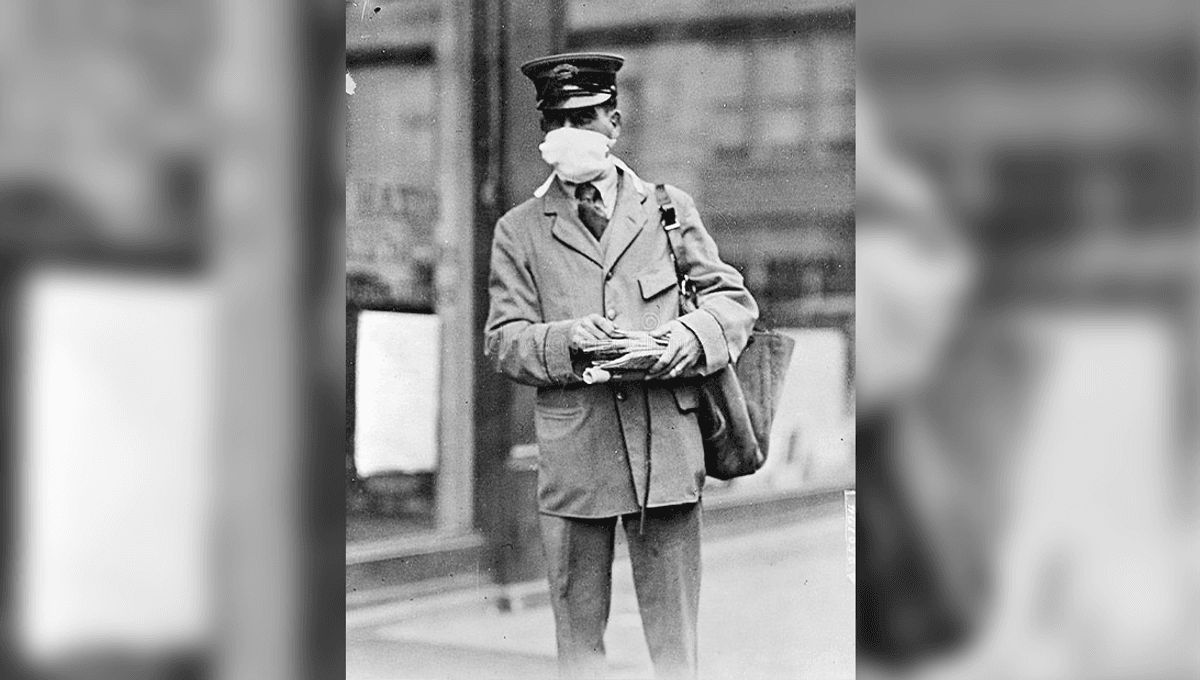
The complete genome of an early strain of “Spanish flu” – which killed up to 100,000 people between 1918 and 1920 – has been sequenced from the preserved lung of a young man who died of the illness. Presenting their findings in a new study, researchers say the virus displays a number of mutations that enhanced its ability to infect human cells and significantly increased its lethality, even at the very beginning of the pandemic.
The global outbreak remains the deadliest in recorded history involving the influenza A virus (IAV), yet scientists studying the pathogen more than a century later face a number of difficulties. For starters, IAV carries its genetic information in the form of RNA, which degrades much faster than DNA.
On top of this, all accessible tissues containing traces of the virus are preserved in substances like formalin, rendering them unsuitable for RNA analysis.
However, using a new RNA-sequencing protocol, the researchers were able to successfully extract and analyze the virus’s genetic information from the preserved lung of a man who died in Zurich on July 15, 1918. Aged just 18, the young victim succumbed to an early strain of the pathogen during the first wave of the pandemic, which began in the spring of that year.
It wasn’t until the fall, when a second wave spread across the globe, that the pathogen went into overdrive, thanks to a suite of genetic adaptations that boosted its virulence. Despite this, the study authors were surprised to find that three of these mutations were already present in the strain circulating in Switzerland at the start of the pandemic.
“[B]y July 1918, first wave viruses had already evolved several critical adaptations to their new human niche,” they write. For instance, two of the mutations identified by the researchers helped the virus to evade a key antiviral protein that forms part of the human immune system.
Known as human myxovirus resistance protein 1 (MxA), this compound protects us from zoonotic transmissions of avian-like flu viruses. The pathogen’s resistance to MxA therefore enabled it to overcome our critical immune responses to this type of virus.
Another adaptation altered the shape of a surface protein called hemagglutinin, thus enhancing the IAV’s ability to bind to receptors on human cells – in much the same way as SARS-CoV-2 targeted the ACE2 receptor in order to gain entry to our cells.
According to the researchers, the sample obtained from the man’s lung represents “the only first wave genome with [these mutations], which potentially gave this strain an advantage during the course of the pandemic as all high-coverage second wave genomes also carry these mutations.”
“This is the first time we’ve had access to an influenza genome from the 1918-1920 pandemic in Switzerland,” said study author Verena Schünemann in a statement. “It opens up new insights into the dynamics of how the virus adapted in Europe at the start of the pandemic.”
By improving our understanding of these processes, Schünemann and her colleagues hope to aid our ability to predict how future pandemics might develop, thus giving us a better chance of counteracting global disease outbreaks,
The study is published in the journal BMC Biology.
Source Link: Spanish Flu Genome Resurrected From 107-Year-Old Lung, Revealing Deadly Mutations